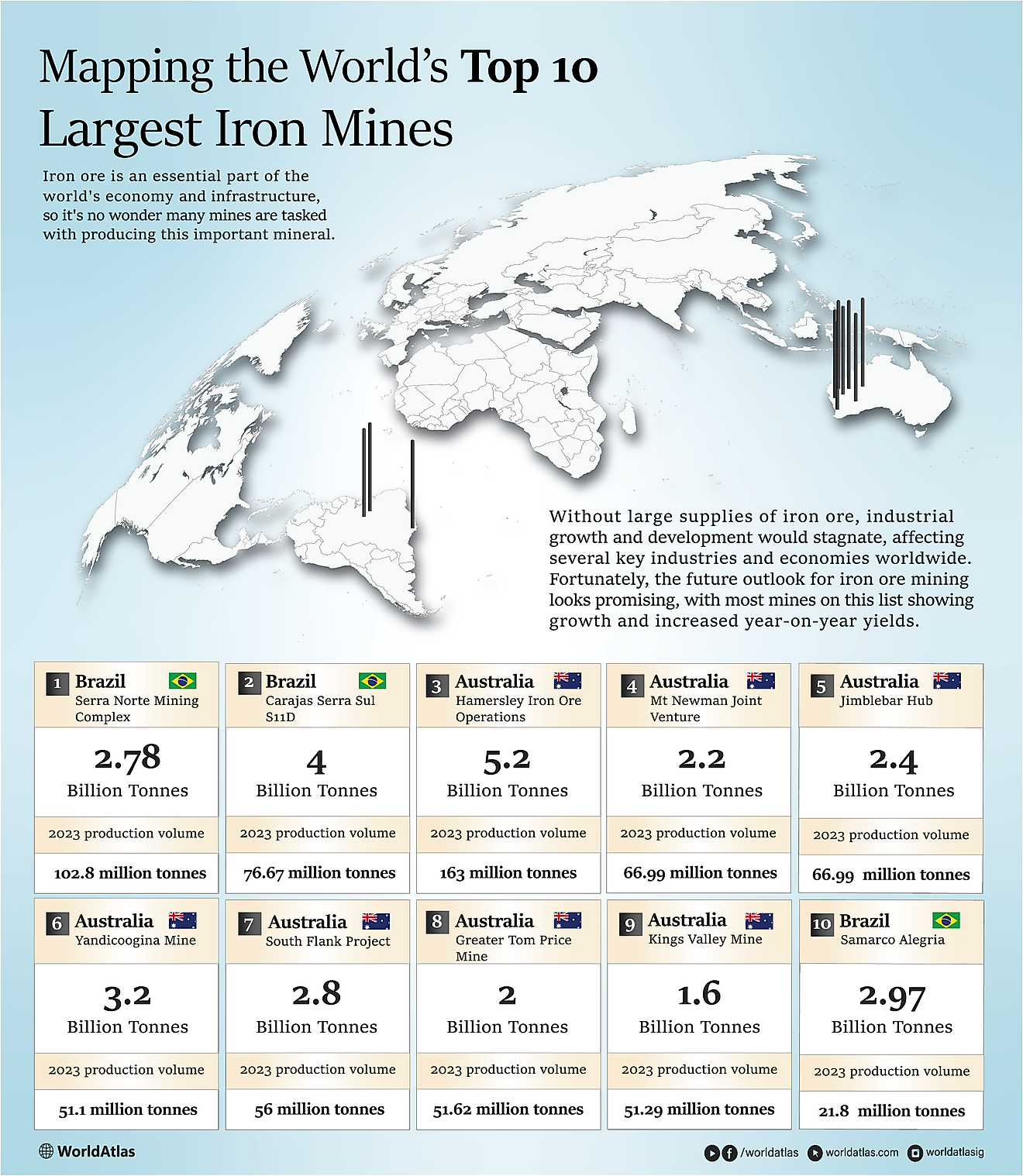Countries With The Worst Education Systems

The government expenditure on education as part of GDP is an indicator of the importance nations place on education in their budgetary considerations. This figure is achieved by summing the total of all government expenditures for educational purposes, both public and private. This is not limited to instruction services, but also includes any ancillary services provided for students as well, and provisions for research performed by educational institutions may be included as well. Without doubt, a high emphasis on making expenditures for education indicate foster socioeconomic growth, as it enhances the development of all aspects of society and contributes to the lessening of social inequalities. Nonetheless, many countries have demonstrated a great deal of oversight by underestimating the importance of education, and thusly fail to invest adequately in their educational infrastructures.
Economic Disparity in Equatorial Guinea
The country with the lowest education expenditures relative to GDP, according to the Central Intelligence Agency (CIA) World Factbook, is Equatorial Guinea, with an educational budget of only 0.6% of GDP. This figure is especially low when considering that the country’s GDP per capita is much higher than that of any of its Sub-Saharan African neighbors. Though the education system would be thought to be better in a country with such a high GDP, the government is often criticized for controversial spending practices and income inequality is quite high. The lack of investment in the educational system has resulted in overpopulated, understaffed schools, with short supplies of educational materials and teachers complaining of not receiving their wages. Even though school attendance is compulsory for all children between 6 and 18 years old, the laws regarding compulsory education are not enforced by the government. The result is that more than a quarter of the enrolled children do not attend school. In addition to this, there is a rampant discrimination against women regarding educational opportunities, which contributes to an illiteracy prevalence of 27% among women above 15 years old. Due to the poor conditions of the public schools, the number of private schools tends to increase, but problems with the funding still persist, and the expanding youth population is only increasing the burden.
Ethnic Conflict in Burma
Burma (Myanmar) ranks second among the countries with the lowest education expenditures as part of GDP, with an educational budget of 0.8% of GDP. Here, a military-run regime has led to an inefficient education system, where post-secondary education is virtually nonexistent. More troubling still, entrenched poverty represents another great barrier when it comes to accessing even primary and secondary schools. Budget cuts performed by the government for social purposes in general has led to an increment in the costs each family has to pay for their children to receive an education, as the primary means to fund such have shifted from taxes to out-of-pocket payments and charitable donations. Ethnic conflict have made it especially difficult for children belonging to ethnic minority groups to attend school in Burma. In an attempt to instill ‘ideal’ Burmese values to students, the government tends to limit minorities’ abilities to utilize the school system. Around three-quarters of Burmese children drop out of school before reaching the Fifth Grade.
Underfunded Education in the Central African Republic
The Central African Republic (CAR) is another country where the education system is woeful in comparison to global norms. The government’s expenditures for education are only 1.2% of GDP, which translates into a poor education system, with the closing of schools, teachers going unpaid, and students lacking educational materials occurring all too often. These factors have contributed to very low attendances rates among students as well. The CAR school system is in dire need of rehabilitation and better provision of teaching and learning materials to students, but the constant relocations among its people and the weak infrastructure and security of the country are serve as significant barriers challenging the progress of such initiatives.
Notable Others and Monaco’s Paradox
Other countries with lowest education expenditures as part of GDP are Zambia (1.3%), Monaco (1.6%), Sri Lanka (2%) and Georgia (2.7%). Monaco and Liechtenstein are notable exceptions among the countries discussed in the article, in that these country actually have strong education systems focused on student success. In these cases, the education expenditures relative to GDP are low only because the country has very high GDP per capita.
Turning It Around
Governments everywhere should appreciate that a strong educational system is the foundation upon which a strong society stands. Investing in education will guarantee a better future for countries as a whole, as respecting fundamental human rights often best begins from the bottom working up, wherein improving the position of children, in school and elsewhere, is a great place to start. Just as other countries have demonstrated, the countries making our list can better their global standing by increasingly diverting resources towards the education of their populaces.
Education Spending Compared To GDP, By Country
| Rank | Country | Percentage of GDP Spent on Education |
|---|---|---|
| 1 | Equatorial Guinea | 0.7 % |
| 2 | Myanmar | 0.8 % |
| 3 | Central African Republic | 1.2 % |
| 4 | Zambia | 1.3 % |
| 5 | United Arab Emirates | 1.3 % |
| 6 | Monaco | 1.6 % |
| 7 | Lebanon | 1.6 % |
| 8 | Liberia | 1.9 % |
| 9 | Sri Lanka | 2.0 % |
| 10 | Eritrea | 2.1 % |
| 11 | Liechtenstein | 2.1 % |
| 12 | Guinea-Bissau | 2.1 % |
| 13 | Dominican Republic | 2.2 % |
| 14 | Libya | 2.3 % |
| 15 | Iraq | 2.3 % |
| 16 | Pakistan | 2.4 % |
| 17 | Zimbabwe | 2.5 % |
| 18 | Qatar | 2.5 % |
| 19 | Antigua and Barbuda | 2.5 % |
| 20 | Democratic Republic of the Congo | 2.5 % |
| 21 | Chad | 2.6 % |
| 22 | Peru | 2.6 % |
| 23 | Cambodia | 2.6 % |
| 24 | Sierra Leone | 2.7 % |
| 25 | Georgia | 2.7 % |







